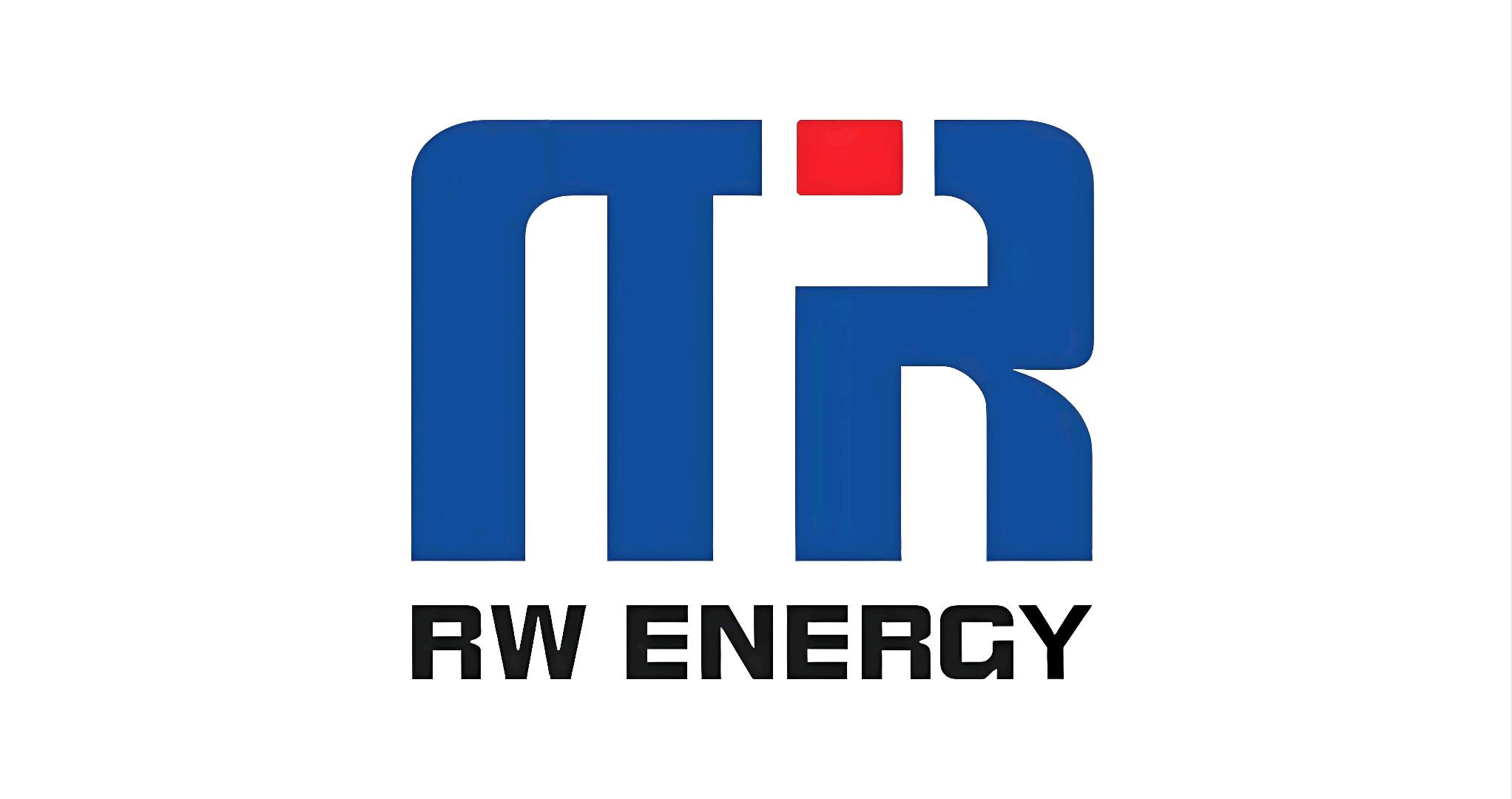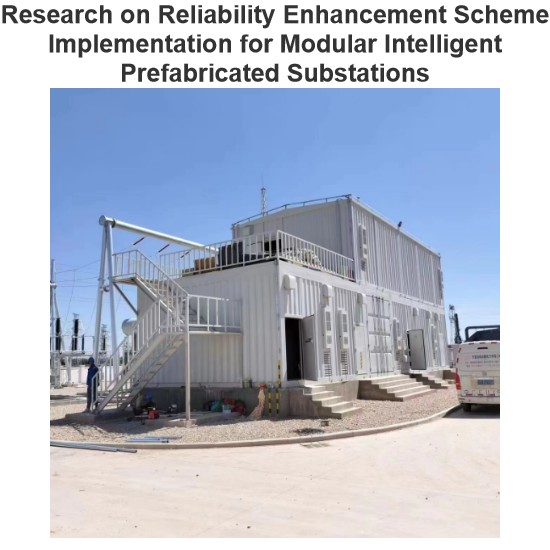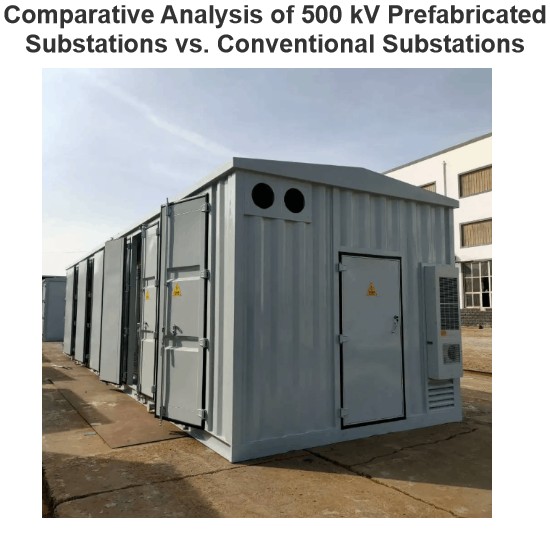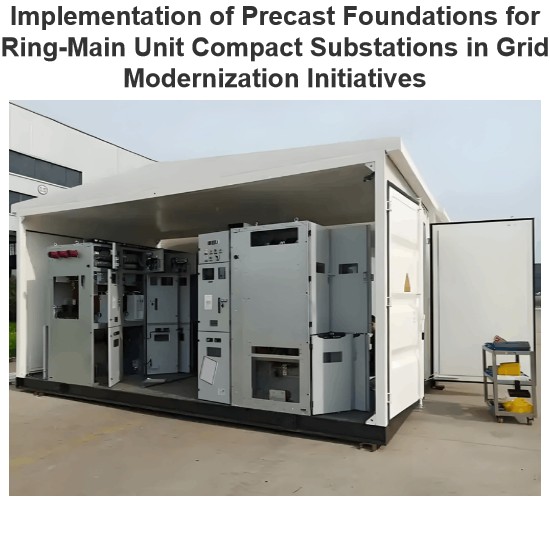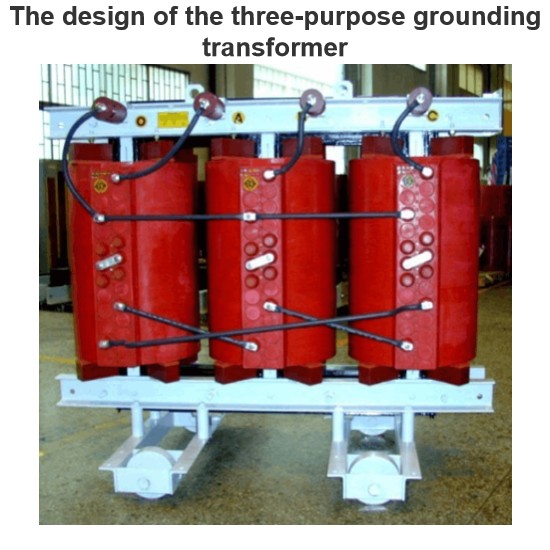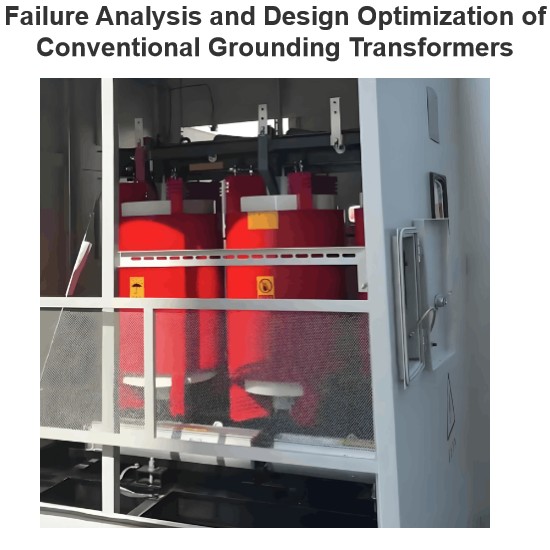| Brand | RW Energy |
| Model NO. | 160kW 180kW 200kW 240kW 320KW GBT CCS1 CHAdeMO CCS2 Connector Double Gun Fast DC EV Charging Station |
| Rated Output Rating | 160KW |
| Output Voltage | DC 200-1000V |
| Power Conversion Efficiency | ≥95% |
| Connector Options | CCS2+CHAdeMO |
| Cable Length | 5m |
| Input Voltage | 380V |
| Series | DC EV Chargers |
Specifications
| Project | Technical Parameter |
| Power | 160kW/180kW/200kW /240kW/320kW |
| Model | WZ08/09/10/11/12 |
| Connector | GBT/CCS2/CHAdeMO/CCS1 |
| Max Power | 240kW |
| Emergency Stop Button | Yes |
| Communication Protocol | OCPP1.6 |
| Input Voltage | 380V(-25%,+25%)AC |
| Frequency、Output Voltage | 50Hz、50V~1000VDC |
| Protection Grade | IP54 |
| Power distribution | Average power distribution |
| Power factor | >0.99 |
| Peak efficiency | 95.5% |
| Overall efficiency | 94% |
| auxiliary powersupply | 12V |
| humidness | <95% |
| Soft startup time | 3 - 8S |
| Output voltage error | <±0.5% |
| Output current error | >30A ,<±1%;<30A ,<±0.3A |
| Voltage accuracy | <0.5% |
| Steady flow accuracy | <1% |
| Voltage ripple | <1% |
| Current sharing | <5% |
| Load adjustment rate | <1% |
| Emc | GB/T19826 - 2014:5.4 |
| Starting mode | Swipe card/small program scan code |
| Insulation resistance | >10MΩ |
| Withstand voltage | AC2500V |
| Display screen | 7"touch screen |
| Installation mode | Floor |
| Operating temperature | -35°C~+55°C |
| Charging gun length | 5m/7m/8m |
| Altitude | <2000m |
| Outer dimension | WZ08:700mm600mm1900mm |
| Harmonic distortion | <5% |
How to fast charge a car at a fast DC EV charging station with dual charging guns?
When two electric vehicles are connected to two charging guns of a charging pile, the charging pile establishes a communication connection with the Battery Management System (BMS) of each vehicle through the communication lines inside the charging guns. It confirms the vehicle's identity information, battery status (such as State of Charge, SOC, battery temperature, etc.), and charging requirements. The charging pile needs to dynamically allocate the total output power according to the actual charging needs of both vehicles. This is typically achieved through an internal power management system that decides how to distribute power based on each vehicle's charging request and the current state of the power grid. For example, if one vehicle has a lower battery capacity and the other has a higher battery capacity, the charging pile may prioritize providing a greater charging power to the vehicle with the lower battery capacity. Power conversion then takes place.
